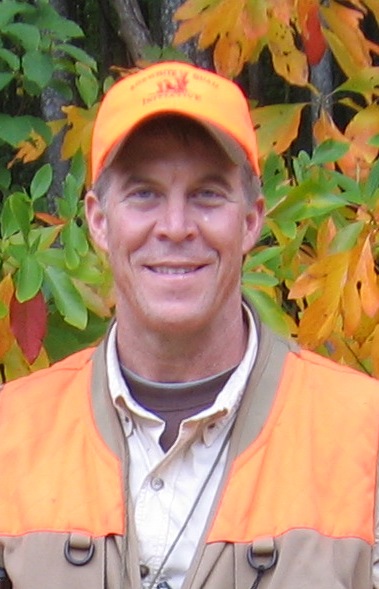Part 1 of 2
President George W. Bush stood on a farm in southern Minnesota in August 2004 to announce a new agriculture conservation practice specifically designed for bobwhites and grassland birds. This unprecedented presidential attention to bobwhite conservation culminated a years-long effort to raise the game for restoring a treasured species in long-term decline.
For decades, bobwhite conservation agencies, institutions and organizations conducted research and small-scale quail projects independently and in relative isolation. The result was a vast body of scientific knowledge and management experience virtually unmatched in the history of wildlife conservation. Over those same decades, range-wide bobwhite populations declined continuously.
Biological and management expertise are essential requisites to wildlife conservation. Clearly, however, such expertise is not enough, by itself, to restore quail. Not until the community of bobwhite experts gathered from their separated positions across the Southeast to organize, collaborate and strategize did their wealth of knowledge and expertise begin to gain conservation traction.
Quail managers have demonstrated repeatedly that we know how to restore and manage quality habitat to produce more birds on just about any specific piece of land. Meanwhile, millions of acres of habitat have slowly, subtly been degraded by changing human uses of land in dozens of states. The resulting landscape now is largely unfriendly for bobwhites and a multitude of other grassland birds.


